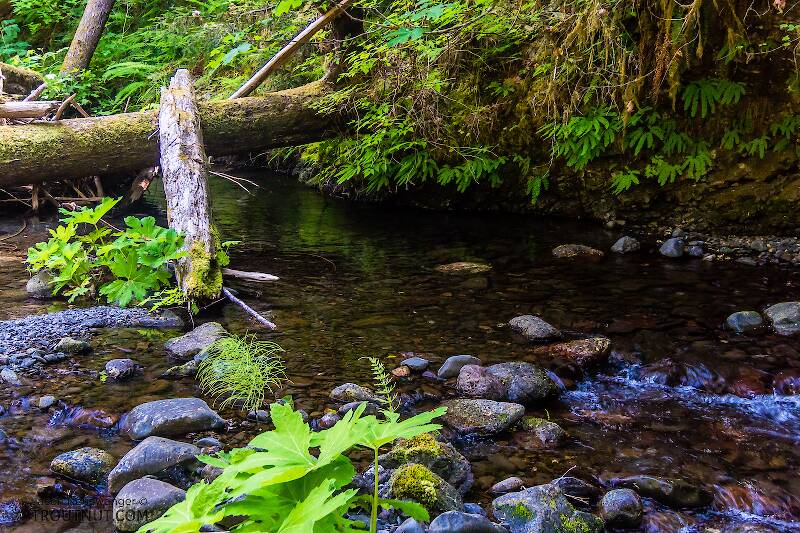
Salmonflies
Pteronarcys californica
The giant Salmonflies of the Western mountains are legendary for their proclivity to elicit consistent dry-fly action and ferocious strikes.


Mayfly Species Ironodes lepidus
Species Range
Physical description
Most physical descriptions on Troutnut are direct or slightly edited quotes from the original scientific sources describing or updating the species, although there may be errors in copying them to this website. Such descriptions aren't always definitive, because species often turn out to be more variable than the original describers observed. In some cases, only a single specimen was described! However, they are useful starting points.
Male Spinner
Wing length: 9-9.5 mm
Quite similar to Ironodes nitidus, but smaller; a small spine-like structure is present near apex of each division of penes.
Frontal portion of head pale red-brown; a narrow creamy line below base of antennae; area around bases of antennae and ocelli, and vertex of head, quite bright red-brown. Thorax red-brown, olive-tinged; narrow yellowish streaks anterior to fore wing, below wing bases, and above bases of middle and hind legs. Very narrow blackish oblique line posterior to each coxa; apical margins of coxae and trochanters deep red-brown. Pronotum shaded with smoky brown. Legs light red-brown; tarsi smoky, or shaded with olive brown. Apex of fore tibia, tarsal joinings and claws somewhat darker. Wings hyaline; venation dark red-brown. Pale brownish tinge in stigmatic area. About 7 basal costal cross veins; 4 or 5 between bulla and stigma; 10 to 11 stigmatic veins, simple, very slightly aslant.
Abdominal segments 2-7 semi-hyaline; yellowish brown with slight olive tinge. Anterior margins narrowly pale hyaline on tergites and sternites, producing an indistinct annulate appearance. Posterior margins narrowly opaque; a blackish area on this margin, in dorsal portion of each tergite. Tracheae outlined in brownish black; a continuous dark wavy line along pleural fold. Segments 8-10 opaque, slightly deeper in color than preceding segments, and with reddish tinge; pleural fold narrowly creamy. Tails and genitalia reddish to olive brown. Penes (see figs. 108, 109) with a small spine-like structure near apex of each division, which is not present in other species of this genus. Numerous small spines on ventral surface.
Start a Discussion of Ironodes lepidus
References
- Needham, James G., Jay R. Traver, and Yin-Chi Hsu. 1935. The Biology of Mayflies. Comstock Publishing Company, Inc.
Mayfly Species Ironodes lepidus
Species Range
Resources
- NatureServe
- Integrated Taxonomic Information System
- Global Biodiversity Information Facility
- Described by Traver (1935)

